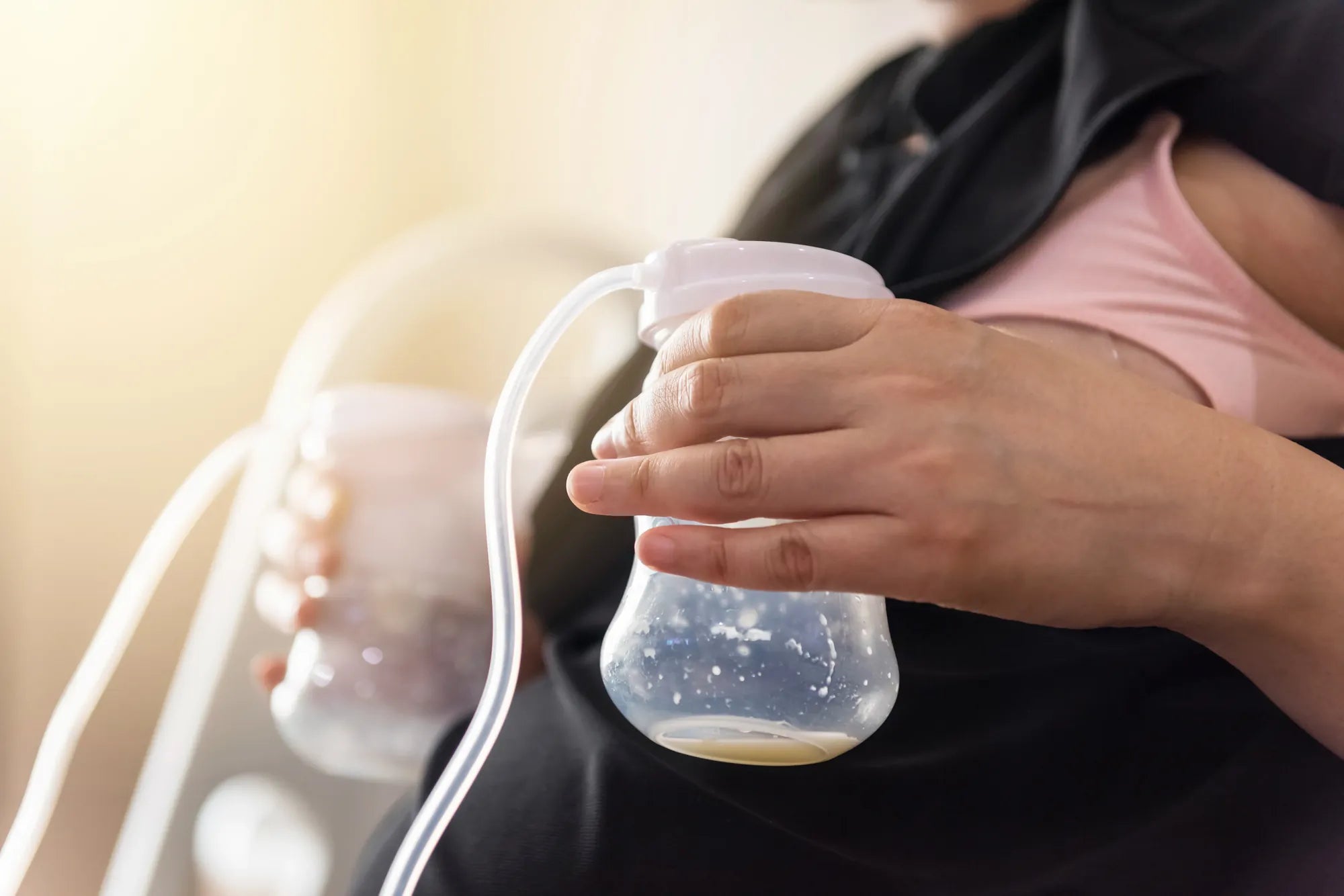Home
Pregnancy, Breastfeeding, and Pumping: The Ultimate Guide for Moms
Why Is My Breast Pump Not Suctioning: Common Causes and Fixes

Why Is My Breast Pump Not Suctioning: Common Causes and Fixes
Understanding the Basics of Breast Pump Suction
Breast pumps are essential tools for many nursing mothers, providing convenience and flexibility. However, when a breast pump stops suctioning properly, it can be frustrating and stressful. Understanding how breast pumps work is the first step in diagnosing and fixing the issue. Most breast pumps operate using a vacuum mechanism that creates suction to express milk. If this suction is compromised, the pump becomes ineffective.
Common Reasons Why Your Breast Pump Is Not Suctioning
There are several reasons why your breast pump might not be suctioning as it should. Identifying the root cause is crucial for finding the right solution. Here are some of the most common issues:
- Improper Assembly: If the breast pump is not assembled correctly, it may not create the necessary vacuum. Double-check all parts to ensure they are properly connected.
- Worn-Out Parts: Over time, components like valves, membranes, and tubing can wear out, leading to reduced suction. Regularly inspect these parts for signs of damage.
- Clogged Tubing: Moisture or milk residue can accumulate in the tubing, blocking airflow and reducing suction. Cleaning the tubing thoroughly can often resolve this issue.
- Power Issues: For electric breast pumps, a low battery or faulty power source can affect suction. Ensure the pump is fully charged or plugged in correctly.
- Incorrect Settings: Some breast pumps have adjustable suction settings. If the settings are too low, the pump may not suction effectively. Adjust the settings to a comfortable yet effective level.
Step-by-Step Troubleshooting Guide
If your breast pump is not suctioning, follow these steps to troubleshoot and resolve the issue:
- Check Assembly: Disassemble the pump and reassemble it, ensuring all parts are correctly aligned and securely connected.
- Inspect Parts: Examine valves, membranes, and tubing for wear and tear. Replace any damaged parts immediately.
- Clean Thoroughly: Wash all pump parts, especially the tubing, with warm, soapy water. Rinse well and allow them to air dry completely.
- Test Power Source: For electric pumps, check the battery or power connection. Charge the pump or try a different outlet if necessary.
- Adjust Settings: Increase the suction settings gradually to find the optimal level for effective pumping.
Preventive Measures to Maintain Suction
To avoid future issues with your breast pump not suctioning, consider these preventive measures:
- Regular Cleaning: Clean all pump parts after each use to prevent residue buildup and maintain hygiene.
- Routine Inspections: Periodically check all components for signs of wear and replace them as needed.
- Proper Storage: Store the pump and its parts in a clean, dry place to prevent damage and contamination.
- Follow Manufacturer Guidelines: Adhere to the manufacturer's instructions for assembly, use, and maintenance to ensure optimal performance.
When to Seek Professional Help
If you've tried all the troubleshooting steps and your breast pump still isn't suctioning, it may be time to seek professional assistance. Contact the manufacturer's customer support for guidance or consider consulting a lactation consultant. In some cases, the pump may need professional repair or replacement.
Don't let a malfunctioning breast pump disrupt your nursing routine. By understanding the common causes and following the troubleshooting steps outlined above, you can restore your pump's suction and continue expressing milk with ease. Remember, regular maintenance and proper usage are key to keeping your breast pump in top condition. Take action today to ensure your pump works effectively whenever you need it.
Share


